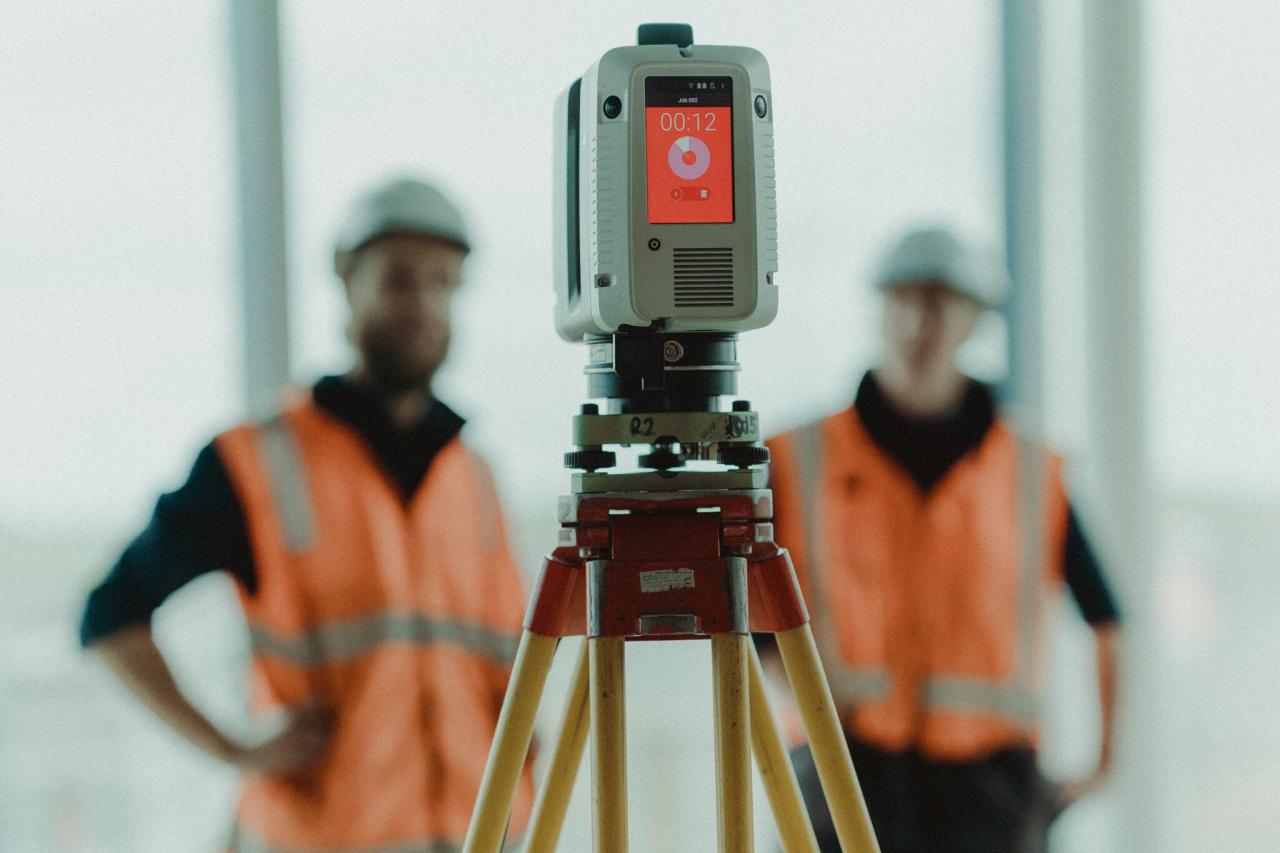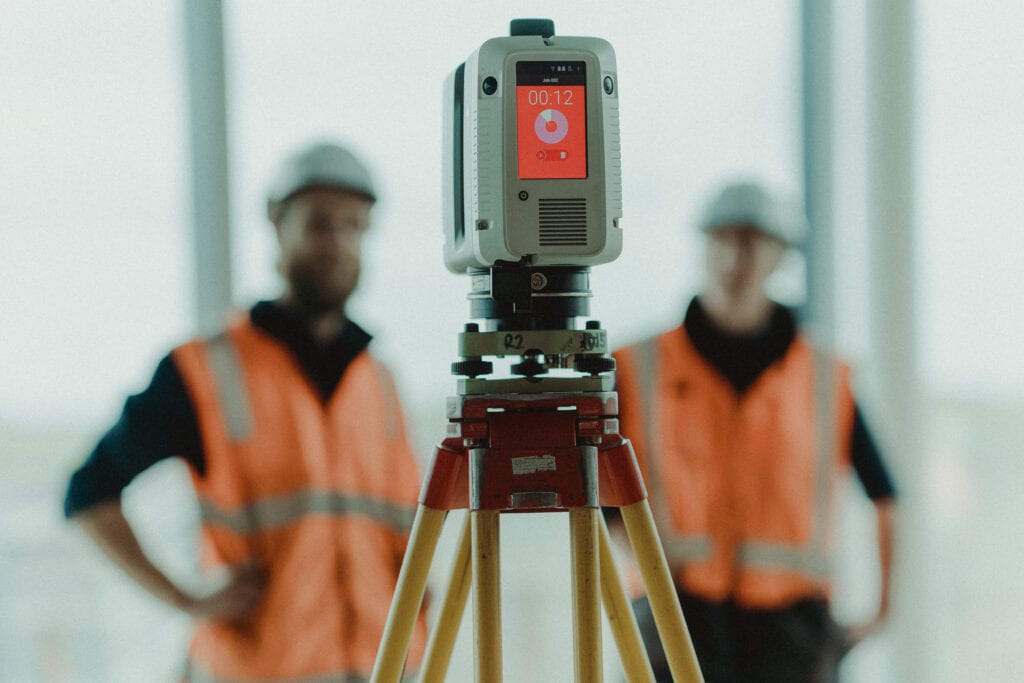Survey Technology: Shaping the Future of Research
Survey technology has revolutionized the way we gather and analyze data, transforming research from a laborious process to a streamlined and insightful endeavor. From traditional paper-based questionnaires to sophisticated online […]

Survey technology has revolutionized the way we gather and analyze data, transforming research from a laborious process to a streamlined and insightful endeavor. From traditional paper-based questionnaires to sophisticated online platforms, the evolution of survey technology has mirrored the rapid advancements in digital communication and data analytics.
The modern landscape of survey technology offers a diverse array of tools and techniques, catering to a wide range of research needs. Online surveys, mobile surveys, kiosk surveys, and telephone surveys each provide unique advantages and cater to specific target audiences and application scenarios.
Data Collection and Analysis: Survey Technology

Survey technology plays a crucial role in gathering and analyzing valuable data, providing insights into various aspects of research, business, and social trends. The process involves efficient data collection methods, robust validation techniques, and powerful analytical tools.
Data Collection
Data collection using survey technology is a systematic process that involves capturing information from respondents using a structured questionnaire.
- Data Input: Respondents provide their answers to survey questions through various modes, including online forms, mobile apps, paper-based surveys, or telephone interviews. Data input can be automated, where respondents directly enter their answers, or manually entered by survey administrators.
- Data Validation: Ensuring data accuracy is crucial for reliable analysis. Data validation techniques include range checks, consistency checks, and logic checks to identify and correct errors or inconsistencies in the data.
- Data Storage: Once collected, survey data is stored in a secure database, often in a structured format like CSV or SQL, allowing for efficient retrieval and analysis. Secure storage ensures data integrity and confidentiality.
Data Analysis, Survey technology
Analyzing survey data involves extracting meaningful insights from the collected information. This process typically involves:
- Statistical Analysis: Applying statistical methods like descriptive statistics, hypothesis testing, and regression analysis to identify patterns, trends, and relationships within the data.
- Data Visualization: Representing data visually using charts, graphs, and dashboards to make complex information easier to understand and interpret. Common visualizations include bar charts, pie charts, scatter plots, and line graphs.
- Reporting: Summarizing key findings from the data analysis, often presented in reports, presentations, or dashboards, to communicate insights to stakeholders.
Workflow of Data Collection and Analysis
The following flowchart illustrates the typical workflow of data collection and analysis in a survey project:
[Flowchart:
Start -> Design Survey -> Distribute Survey -> Collect Data -> Validate Data -> Store Data -> Analyze Data -> Visualize Data -> Report Findings -> End]
Concluding Remarks
The impact of survey technology extends far beyond academia and research institutions, permeating various industries and sectors. By leveraging the power of data collection and analysis, businesses gain valuable insights into customer preferences, employee satisfaction, and market trends. Survey technology empowers informed decision-making, driving innovation and optimizing operations across diverse fields.
Survey technology has evolved significantly, with companies like vanice technology co. limited leading the way in innovative solutions. They specialize in developing cutting-edge survey platforms that streamline data collection, analysis, and reporting, empowering businesses to make informed decisions based on real-time insights.





